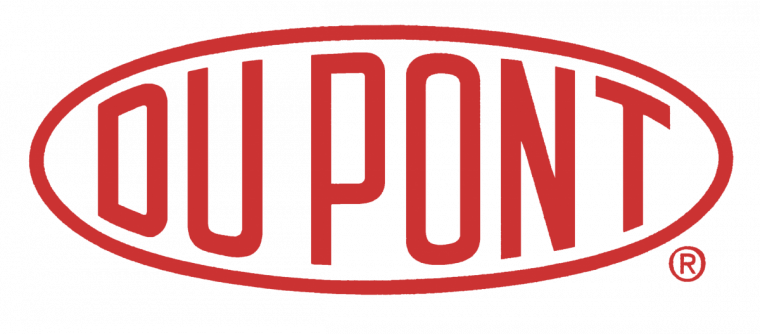

When it comes to wearable technology, smart watches and smart glasses such as Google’s Glass project have grabbed the lion’s share of headlines, while medical applications such as wearable heart and oxygen monitors have reaped the lion’s share of sales. Going forward, however, some analyst groups believe that “smart garments” may command at least as much attention and market share as wearable communications, fitness and medical gadgets.
“Smart fabrics” are the result of the meeting between textile science and electronics. There are already t-shirts that can detect WiFi signals, for example, or warm and cool the wearer depending on body temperature. There are projects underway for fabrics that can help generate energy through the mechanical stretching and compression of the fabric (based on a science called piezoelectronics) and change color according to body temperature or body chemistry. Printable electronics will play a role going forward, as specialized inks allow garment makers to embed electronics capabilities into fabric in the printing process.
DuPont Microcircuit Materials is on the forefront of this technology. The company recently introduced a suite of stretchable electronic ink materials that garment makers can use in smart clothing applications and other wearable electronics. The company presents the technology as an alternative to existing methods of embedding electronics in clothing, which involve weaving circuits into the fabric. The specialized inks contain thin electronic circuits that the company says are washable, durable, and capable of withstanding up to 100 wash cycles.
The technology was introduced in a prototype “biometric shirt” presented at the recent Printed Electronics USA 2014 event held in Santa Clara, California.
“We believe that this new line of DuPont stretchable electronic inks can be used in wearable electronics applications to make clothing more capable and comfortable,” said Michael Burrows, segment manager for DuPont Microcircuit Materials in a statement. “Imagine how smart athletic wear could help contribute to healthier, more active lifestyles by continuously monitoring vital information such as heart and breathing rates, calories burned and even stress level.”
Biometric clothing represents a small but growing part of the wearable tech market today. A company called Hexoskin has designed a smart shirt that connects to a smartphone app and monitors heart rate, breathing, lung volume, exercise activity and sleep metrics. The OMsignal Biometric smart shirt tracks similar metrics, with the addition of a calorie counter. It transmits data to a “little black box,” or a data module that streams information wirelessly from the shirt to a mobile device. Earlier this year, wearable technology startup ATHOS closed a $12.2 million round of funding to further develop its own fitness-related smart garment line.
Dupont’s technology differs from that of other fitness related smart garments, which have sensors built into the fabric. With the electronic ink offered by Dupont, high-tech fabric is not necessary since the circuits are printed in the ink. This technology may open the smart garment marketplace to a wider array of suppliers.

